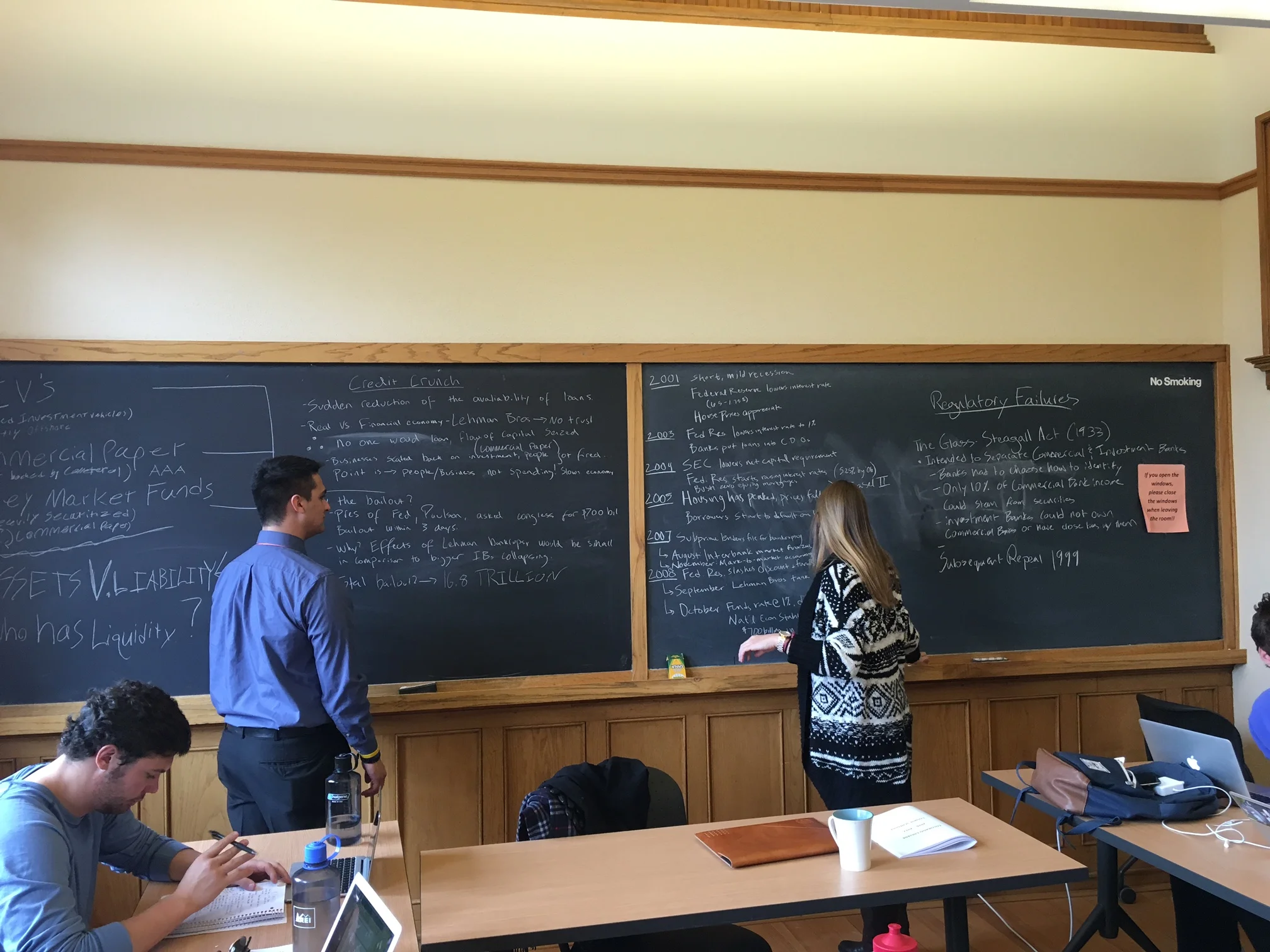Courses Taught
Syllabi Available Upon Request
Contemporary Chinese Politics
In the last thirty years, China has undergone a remarkable transformation. This course is designed to help students better understand the country's politics and the tools of governance that China has employed to navigate its transition from plan to market, provide public goods and services to its citizens, and to maintain social control over a rapidly changing society. The course will draw heavily from texts covering a range of subjects including China's political economy, social and cultural developments, regime dynamics, and bureaucratic politics. Students interested in authoritarian resilience, governance, post-communist transition, and state capitalism will find this course particularly instructive.
For political science majors, the course will introduce students to “Chinese-style” policy making, which blends authoritarian politics, socialist legacies, and tools of modern governance to achieve social stability and economic growth.
The Roots of Regulatory Failure
The need for effective regulation is pressing. Decades of deregulation have led to significant policy failures: we have witnessed the global financial crisis, accounting scandals at Enron and Worldcom, tainted food from China, listeria and Mad Cow epidemics, catastrophic high-speed rail accidents, and nuclear meltdowns. Heated debates have emerged concerning how much regulation is too much regulation; how the state should go about regulating; and, who should be in charge of setting regulation.
We will explore some of the world’s worst regulatory failures - Deepwater Horizon, Bhopal, Chernobyl, the Global Financial Crisis, the Challenge Disaster, Mad Cow, and the Infant Melamine Scandal - to ascertain why regulatory failure occurs, how to design better regulation, and to better understand the politics underlying our regulatory systems.
Markets, Mayhem, and Myths of East Asian Development
Markets, Mayhem, and Myths of East Asian Development seeks to explore the dynamics of East Asia's economic growth (and crises) over the last fifty years. We will examine Japan's post-war development strategy, the Asian tiger economies, and China's dramatic rise. All the while, students will be asked to consider the darker sides of "East Asian Development": pervasive corruption, clientelism, labor suppression, and the authoritarian hand of the state. This course examines the interplay between politics and economics in East Asia, and considers the following questions: In what ways can the state foster economic development? How can the “East Asian” model be both a reason for the region’s past success and more recent failures? What are the long-term prospects for growth in the region?
We will first look at different explanations for the region’s “miraculous” economic development, attempting to discern what is myth and what actually happened. The second part of the course will turn our focus towards the fundamental weaknesses of the East Asian growth model.
Why do some states democratize, when others remain authoritarian? Why do countries with similar initial conditions have vastly different governance outcomes a few decades later? Does democracy lead to economic growth, or is it the other way around? Why do some multicultural nations fall into civil war when others thrive? Is free-market capitalism the only way to achieve sustained economic growth? This course provides an introduction to the great debates in comparative politics. The core of comparative politics concerns itself with how power is consolidated and distributed in various regimes. Together we will explore the various approaches and concepts that scholars employ to systematically analyze the puzzles of our political world.
